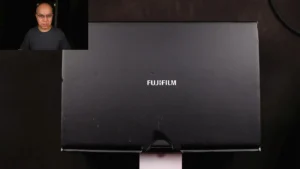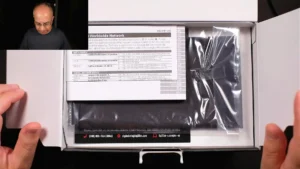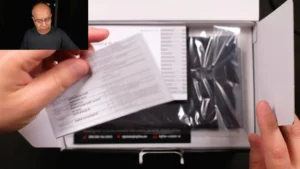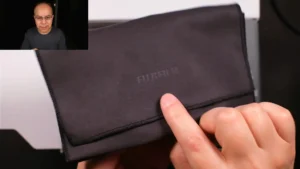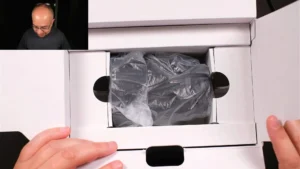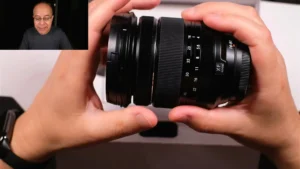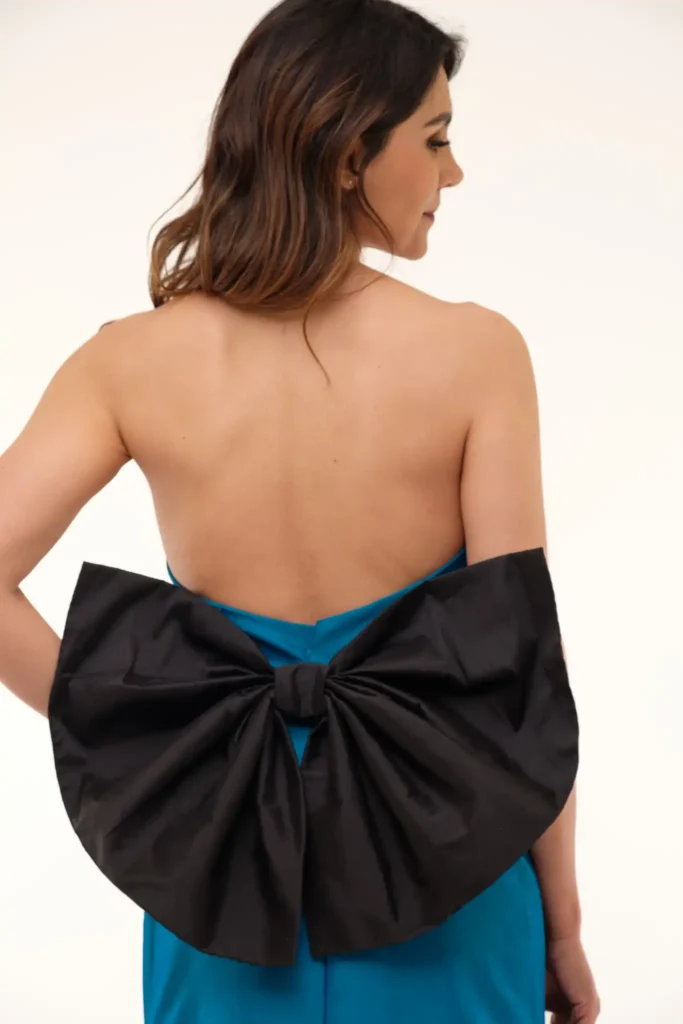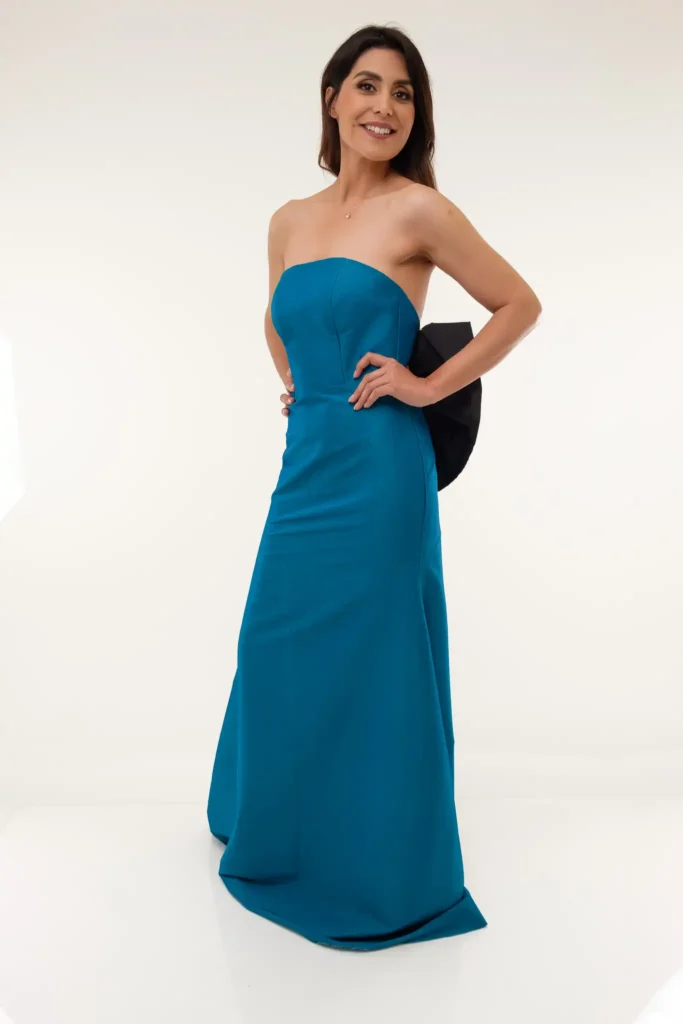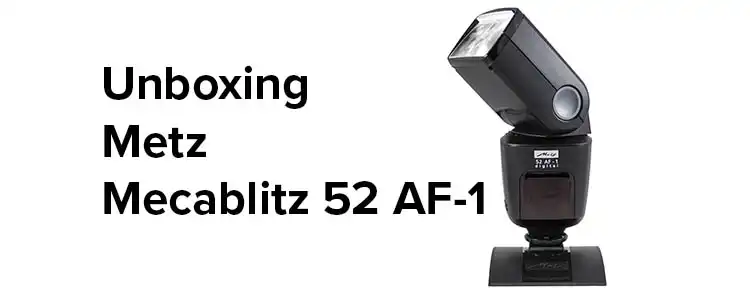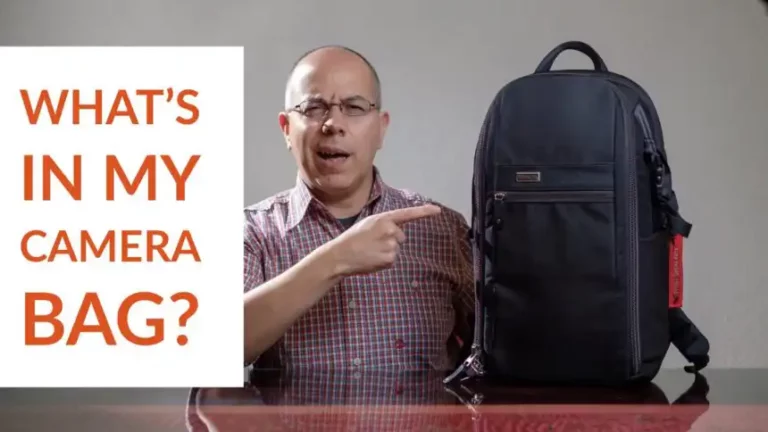Unboxing Fujifilm 16-80mm Lens
Come join me while I unbox my newest lens, the Fujifilm 16-80mm f/4. I’ll also give you my first impressions of it and explain why I got this lens.
Background
If you follow this blog, you know that I shoot with Fujifilm cameras and lenses. The Fujifilm X system seems to be a nice balance between image quality and cost. Nowadays my most used lens is the XF35mmF1.4 R, but sometimes I need extra reach and I decided to purchase the Fujifilm XF16-80mmF4 R OIS WR.
In this post I’d like to share my experience unboxing the lens, my first impressions of it and a more detailed explanation of why I chose this lens over other options.
Let’s get to the unboxing!
Unboxing
Unboxing a Fujifilm lens is usually a pretty straightforward experience. I like that the boxes are relatively simple, with black background and white lettering. I also like that this simplicity makes them look classy. No major description of the lens or camera, just the model name.
Opening Fujifilm boxes is also simple. Just a lock tab and you’re ready to open the box. These new boxes don’t need additional packaging material to hold the lens in place. Everything is one piece of cardboard, carefully cut and bent in shape.
The first things you find when you open the box are the warranty card, instruction manual, registration card and a storage pouch made of nice cloth. I’m not sure I’ll use it to store the lens, but it seems a good option to clean it.
Pulling a tab opens the main compartment of the box. It contains two items: the lens and its lens hood. I love that Fujifilm includes lens hoods in all their lenses! I think every camera manufacturer should do the same. Yes, I’m talking to you Canon!
And there it is! The Fujifilm XF16-80mmF4 R OIS WR is finally in my hands!
First Impressions
I mounted the Fujifilm 16-80mm lens on my X-E3 to get a feeling of how it performs.
My first impressions of the Fujifilm 16-80mm f/4 lens could be summarized in these categories:
Weight
It has a nice weight to it. I thought it would feel heavier, but it still feels good and solid. You can tell it has a few plastic pieces, but it doesn’t feel cheap.
Lens Hood
Lens hoods are a must for me because I use them 99.% of the time in my shoots. I consider them better protection than UV filters and help keep a clean image. That’s why including a lens hood is a major plus.
The lens hood included with the Fujifilm 16-80mm is nothing super sophisticated. It’s rigid plastic with a plain finish, but it gets the job done. Unlike other lens hoods, it makes a very clear and distinct click sound when it locks in place. I like it!
Control Rings
The control rings in the Fujifilm 16-80mm lens are exactly what I expected. Clear feedback, distinct texture for each one and nice damping.
I think I remember some reviewers saying that the zoom ring wasn’t very smooth, but it hasn’t been the case with my unit so far.
Materials
As I just mentioned, some pieces are made of plastic. The ring right after the mount bayonet is an obvious one. Another one is the extending barrel, which feels plastic.
It still feels solid and well built. I wouldn’t say it’s built like a tank but, I wouldn’t use that expression on any Fujifilm camera or lens.
Why the Fujifilm 16-80mm f4?
There are other options on the market so, why this lens? Let me explain the reasoning behind choosing the Fujifilm 16-80mm f/4.
In my commercial work I shoot:
- Corporate Portraits. Usually medium shots, in studio, stopping down to f/6.3 or f/7.1 to make sure the subject is sharp.
- Advertising photography. From medium shots to extreme closeups, there’s a bit of variety to the framing. Again, I usually stop down to f/5.6 or f/6.3
- Architecture. Wide shots with everything in focus, stopped down.
Given this variety of work my requirements for a new lens were:
- Normal zoom lens
- Wide range
- Longer than 50mm
- f/2.8 is nice but not a must
- Stabilized
The options I considered were:
Fujifilm XF18-55mmF2.8-4 R OIS
The fantastic Fujifilm kit lens! It is great but after using it in a few shoots I always felt like I needed some extra reach.

Fujifilm XF16-55mmF2.8 R LM WR
Another fantastic lens! The wider and constant aperture is really tempting. However, I discarded it because of the lack of stabilization, I need more reach. Not to mention the price.

Sigma 18-50mm f/2.8 DC DN
Here’s an excellent lens from Sigma. Even though it’s a great balance between image quality and price, it has the same disadvantages as the previous lens.

Tamron 17-70mm f/2.8 Di III-A VC RXD
I was very close to choosing the Tamron over the Fuji lens. It’s stabilized and has a wider zoom range than the previous lenses, but I was not too happy about the size.

In the end, the Fujifilm 16-80mm fit the bill nicely. It has a wide zoom range, constant F4 aperture, and perfect weight and size.

Conclusion
As you can see, the Fujifilm 16-80mm lens is just what I need. Only time will tell if I made the right purchase, but you can be sure I’ll tell you all about it when I have more experience with it.
How about you? How did you choose your latest lens? Share your experience in the comments below.


